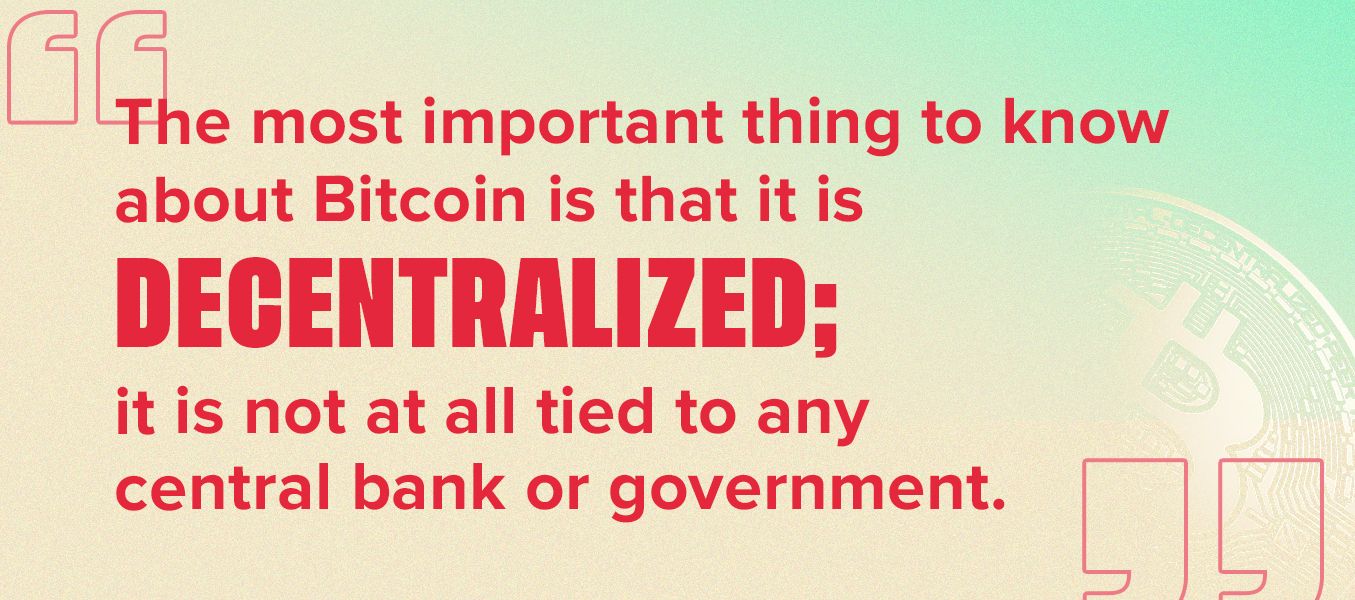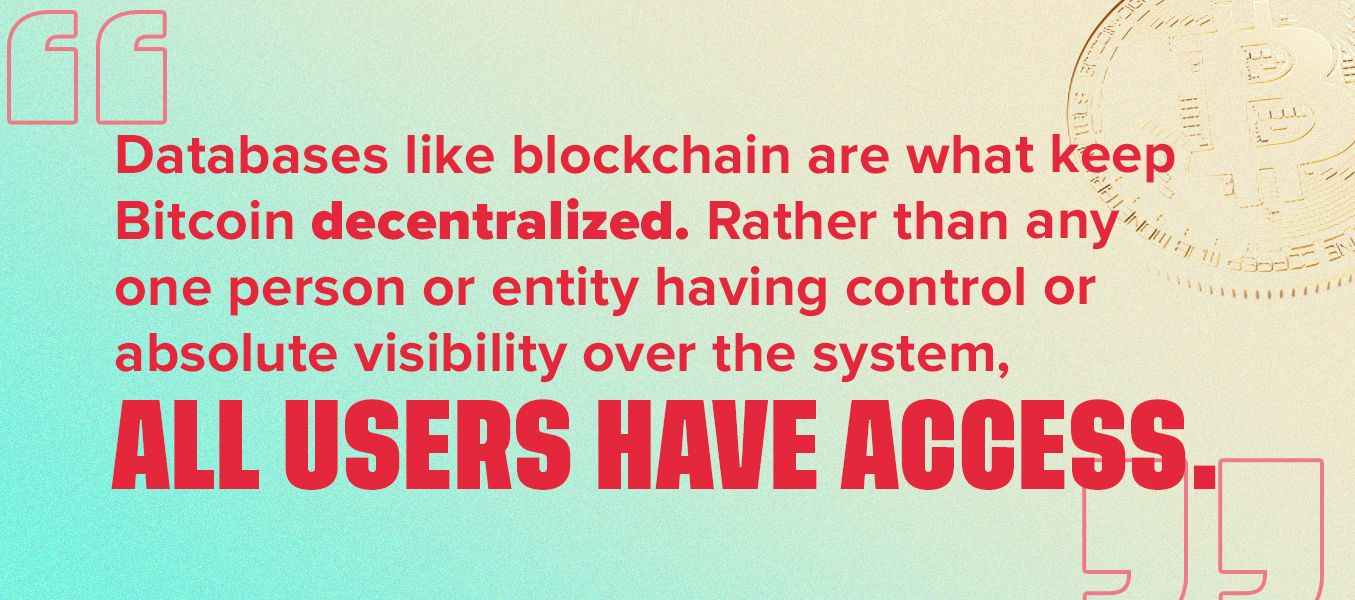Your Bitcoin Dictionary
It’s understandable to feel intimidated by buying Bitcoin and the world of crypto, not least because of the vocabulary involved. Not only are these technologies the first of their kind, they bring with them complicated ideas and mechanisms that are tough to understand.
Don’t know your Signatures from your Satoshi? Or mining from halving? Our simple guide can have you speaking Crypto like a pro in no time.
What is Bitcoin?
Bitcoin is a cryptocurrency created in 2009 by a person or group named Satoshi Nakamoto.
It was used in a transaction for the first time in 2010, and since then businesses and stock markets all over the world have embraced its value. It is a hybrid between a fiat currency (a currency without intrinsic value, like the Canadian dollar) and a commodity currency; Bitcoin has no intrinsic value.
Bitcoin is generally used as a speculative asset; this means it is normally bought and traded as an asset rather than used to actually pay for goods or services. That said, more and more places are accepting bitcoin as a form of payment (for example, Tesla announced last month that it plans to start accepting bitcoin).
Although Bitcoin is a cryptocurrency, it is not considered a currency or legal tender by many governments, including Canada. When you use Bitcoin to pay for something, it is considered a “trade,” and is governed under Canada’s barter laws.

This is why many people like it; there is total transparency throughout the blockchain database. However, because it isn’t backed by a central bank, it is possible for Bitcoin’s value to fall to zero.
What are Satoshi?
Satoshi draws on the name of the creator of Bitcoin. Satoshi Nakamoto is the person, or group of people, that made and launched Bitcoin in 2009. The name is a pseudonym; no one knows who or what Satoshi Nakamoto really is.
In cryptocurrency, a Satoshi is the smallest unit of Bitcoin. Think about a Canadian dollar; one dollar is equal to 100 cents (RIP pennies, amirite). Similarly, one Bitcoin is made of 100 million Satoshi.
Colloquially called “sats,” Satoshi are a good way for newbies to get their Bitcoin stripes. As of March 9, 2021, when Bitcoin clocked in at just over $68,000 CAD, you could buy 100 Satoshi for around $0.068.
At Mogo, we “stack sats,” which means we encourage our users to buy up small amounts of Satoshi with any extra or unallocated cash to get into the Bitcoin game without sinking your life savings.

What Are Signatures in Bitcoin?
Signatures refer to the private code, or key, that your Bitcoin wallet would use in the course of Bitcoin transactions.
When a transaction occurs—in the course of trading Bitcoin, for example—your crypto wallet stamps or “signs” the transaction using this private key. That key works with a “public key” to encrypt and verify the transaction. This process creates mathematical proof that the transaction is authentic, and prevents the transaction from being altered by anyone else.
Signatures are critical to the functioning of Bitcoin, which relies on those mathematical proofs to maintain the integrity of the blockchain, which is built, in part, by such work.
What is Blockchain in Bitcoin?
Blockchain is the system that Bitcoin and many other cryptocurrencies work within. It functions like a public ledger, which is visible and accessible to anyone. This transparency means that all Bitcoin transactions that were ever made and ever will be made can be recorded and examined.
The blockchain holds data which records transactions and other information. Data is encoded into “blocks” which are linked together into a “chain”, after which point they can’t be altered. This ensures the data is stored in chronological order.

What is Cryptography?
What is the “crypto” in “cryptocurrency”? It refers to the practice and theories of cryptography, which make cryptocurrencies and their extraneous systems possible.
Cryptography, in its wide sense, is a practice designed to achieve secure communication in the presence of “adversaries.” Did you ever make up codes or secret signals to communicate with friends as a kid? You were, even then, practicing cryptography.
The idea is to find a method to encrypt information that can be decrypted, or decoded, only by specific people using a specific key.
In Bitcoin, cryptography allows the creation of mathematical proofs which ensure ongoing security. It is cryptography that creates and uses things like wallet Signatures, and is the mode by which “hashing,” or constructing and proving the veracity of the blockchain can occur.
Good luck, and have fun!
This blog is provided for informational purposes only, is not intended as investment advice, and is not meant to suggest that a particular investment or strategy is suitable for any particular investor. If you’re unsure about an investment, you may wish to obtain advice from a qualified professional. Nothing herein should be considered an offer, solicitation of an offer, or advice to buy or sell securities. Buying and selling bitcoin is risky and you may suffer losses. The price of bitcoin is highly volatile and speculative and so you should never invest more in bitcoin than you can afford to lose. It’s also important to remember that past performance is no guarantee of future results.